Hoddle Street killer Julian Knight takes Defence Force Ombudsman to court for reparation payment
Julian Knight, the man behind the 1987 Hoddle Street massacre, has revealed in a letter why he is launching legal action against the Australian Defence Force.
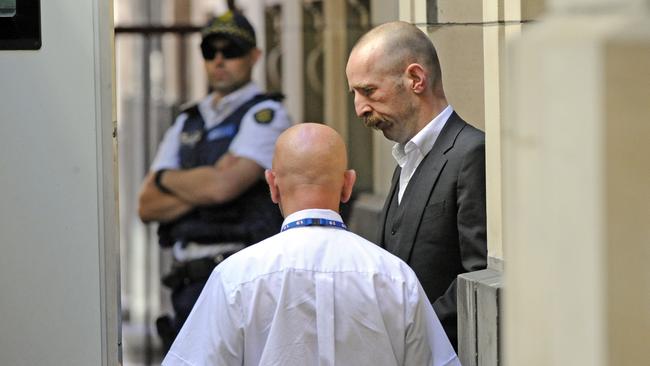
True Crime
Don't miss out on the headlines from True Crime. Followed categories will be added to My News.
Exclusive
The man behind the Hoddle Street massacre is taking the Defence Force Ombudsman to court for the bastardisation he claims to have suffered at the Royal Military College Duntroon.
And he has a photo of himself taken prior to his atrocity that he says begs the question – did the elite Canberra college accept a psychopath into their ranks or turn him into one?
In August 1987 Julian Knight shot dead seven innocent civilians and wounded 19 others on Hoddle Street in Melbourne in what was then Australia’s first case of a US-style mass shooting.
He was sentenced to a minimum 27 years but when his parole came up in 2012, the Victorian government changed laws to ensure he remained ineligible unless deemed at risk of imminent death or incapacitated to the extent he posed no threat to the community.
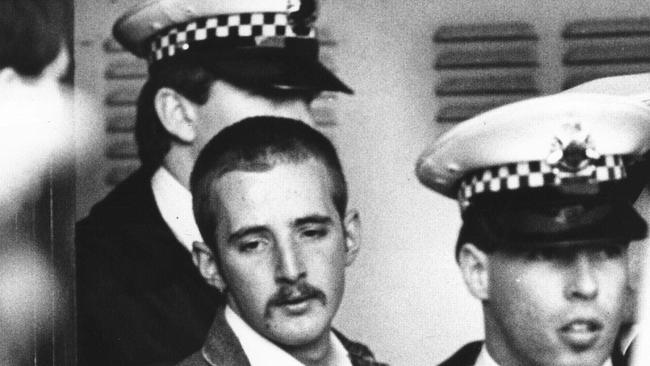
Knight had vowed to pursue authorities through the courts in revenge for keeping him behind bars and reneging, he claims, on a plea deal he drop claims of bastardisation in exchange for a minimum sentence and a chance at parole.
He had been judicially silent for years after being declared a vexatious litigant and trying various legal manoeuvres.
But he has now launched a push through the Federal Court for reparation from Defence, although he says he doesn’t need the money as he will die in jail and there is only “so many Mars bars I can buy at the prison canteen”.
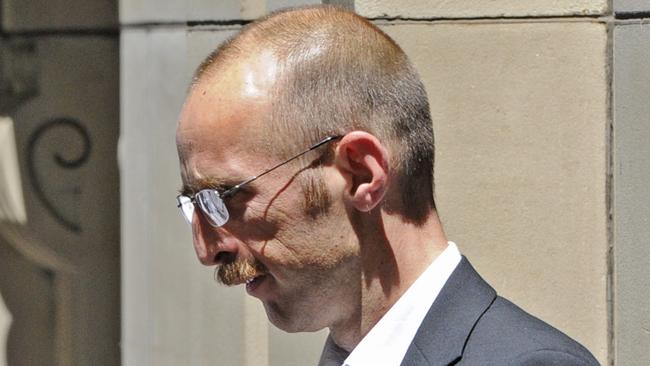
After several brief adjournments, the matter is listed for hearing in March next year, set down for a single day hearing where Knight is expected to give evidence to the court in Melbourne from Port Phillip Prison via camera.
“We agreed not to explore my time at RMC (Royal Military College) and they agreed not to oppose the setting of a minimum non-parole term,” Knight says, in a lengthy letter sent to News Corp.
“If they want to renege on a deal 26 years after the event and keep me in prison for the rest of my life, they can pay for it. I am 55-years-old, I can expect to live for another 20 or 30 years … I am going to die in prison (the Victorian Government made sure of that) so I don’t have much else to turn my mind to.”
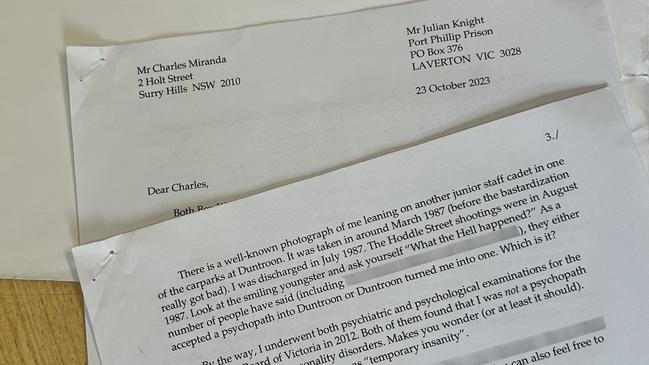
Knight said he first applied for reparation in 2013 through the then newly established Defence Abuse Response Taskforce (DART).
In 2015 DART found his detailed 94-page account, including the identity of seven named alleged abusers who bullied him, as “plausible” but reparations but by 2016 a then Defence ministerial directive ruled payments could not be made to those charged with serious crimes.
He is now pursuing the Defence Ombudsman on the grounds the office in March this year declined to investigate because the reparations matter had already been rejected by DART.

Queried why he was pursuing reparations, Knight responded because he could.
“If they recognised what happened to me and stopped denying me any and every benefit I would shut up,” he wrote.
“To be clear, if they said (a) ‘sorry for what happened to you at Duntroon’; (b) provided me with a couple of counselling sessions and (c) gave me a reparation payment (but only after scrubbing any outstanding Commonwealth debts I may have – ie HECS debt – I would cease campaigning and litigating. Given what I lost – a chance of freedom on parole – this outcome is a poor second prize.”
Knight recently wrote to the Victorian RSL and Queensland RSL veteran groups for copies of their handbooks for protocols for conducting Anzac Day ceremonies, which are held in prisons.
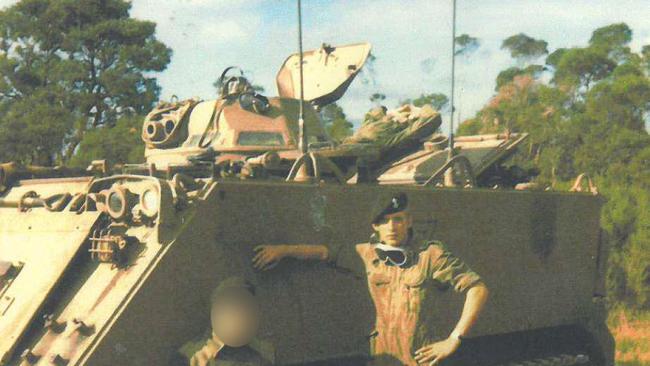
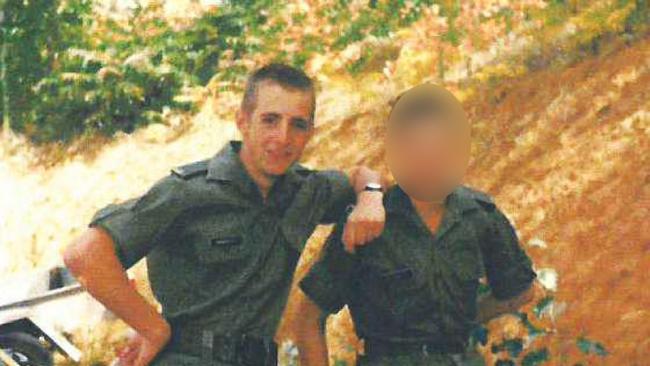
The Commonwealth Ombudsman, acting for the Defence Force Ombudsman, and Department of Defence were approached for comment.
Knight has long bemoaned what he sees as the Victorian government’s “he get’s nothing” attitude.
“If they think ruthlessness is a virtue they shouldn’t complain if I exhibit it,” he writes.
He also suggests if released his killing days were over.
During his trial no clear reason was given for his mass shooting spree other than he was depressed about his military dream coming to an end. He didn’t know his victims and told police at the time he just wanted to kill anyone along the busy four-laned arterial Hoddle Street, a judge later remarking he had built a fantasy life around heroically killing in battle.
“I wish to make this clear: despite my experiences of bastardisation at Duntroon, I am proud of having been selected to go there,” he writes.
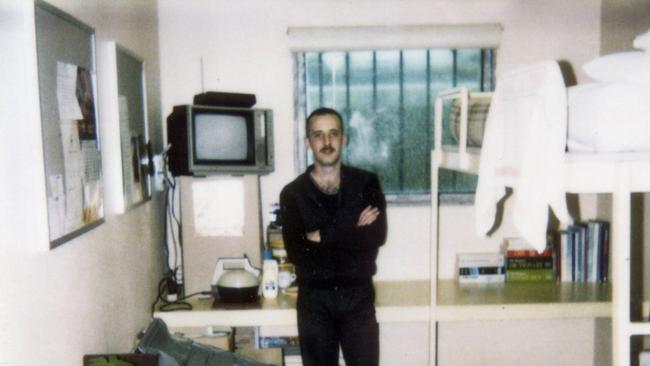
“Responsibility for my failure ultimately rests with me (one of the principles that I was taught and still remember is that of ‘command responsibility’). I am ashamed of my actions and frustrated that I cannot now do anything to make amends for them. As I indicated above, I am embarrassed that my name is associated with this in spite of various arrogant f******s who think they are acting out “Lord of the Flies’ in a collegiate setting, still a fine officer training institution.”
He said an academic once wrote whether it would be better a certain notorious criminal or Knight himself be released, and concluded it be better to release the criminal.
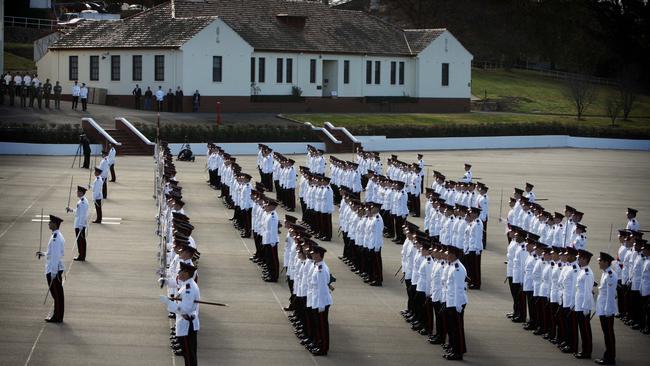
“My retort was that if released he would have gone back to dealing drugs and killing people. If I had been released with a clean slate I would have gone straight into the Defence Force Recruiting Centre and re-enlisted. The fact that a lot of people think like the academic should cause you to ponder whether their thinking has been corrupted.”
Duntroon, established in 1911, has been rocked by scandals over the years triggering several formal inquiries. In 1984 the class system, allowing senior classes to command a lower class even though they did not have rank over them, was abolished as it was found to be “open to abuse” and bastardisation.
KNIGHT’S NEW ATTEMPT TO PIN CRIME ON DUNTROON
Julian Knight has never truly shown remorse for his murder of seven innocent civilians and attempted murder of 46 others.
But he now seeks to blame Duntroon for his actions and regrets not having continued his career in the college.
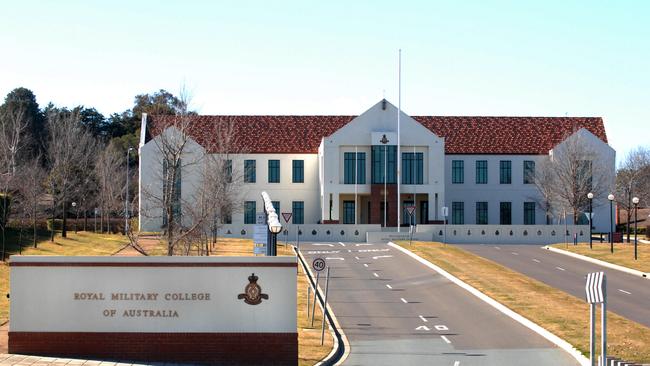
He cites a photograph of himself leaning on another junior staff cadet in the carpark of Duntroon in March 1987, two months after he joined. It was before he was discharged in July 1987, for stabbing his cadet company sergeant major, and before he enacted the Hoddle Street massacre.
“Look at the smiling youngster and ask yourself ‘what the hell happened?’” he has now written.
“As a number of people have said … they either accepted a psychopath into Duntroon or Duntroon turned me into one. Which is it?
“By the way, I underwent both psychiatric and psychological examinations for the Adult Parole Board of Victoria in 2012. Both of them found that I was not a psychopath and did not have any personality disorders. Makes you wonder (or at least it should). Perhaps there really is such a thing as ‘temporary insanity’.”

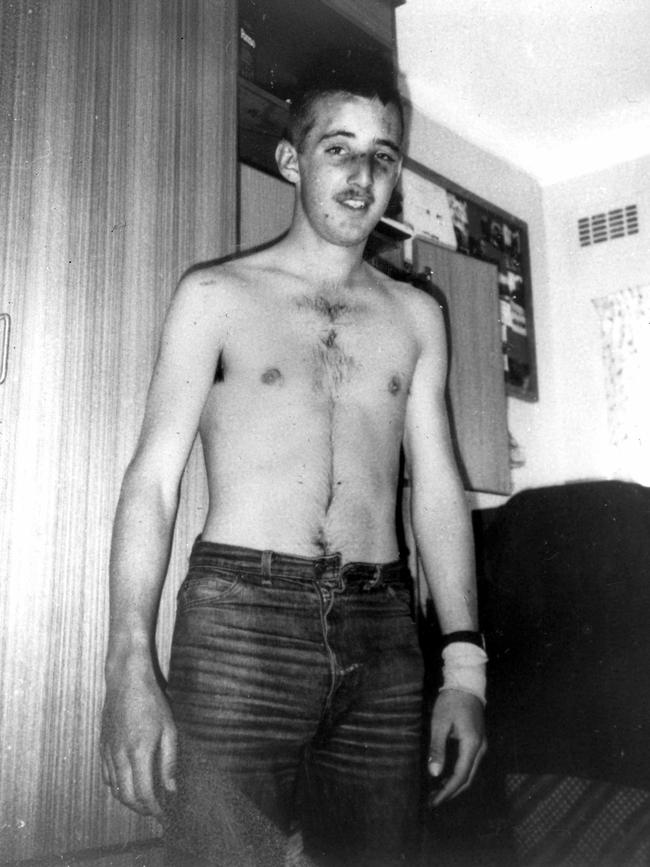
Knight added despite his experiences at Duntroon he was proud to have gone there. He noted on Google under Duntroon he is listed second on “notable alumni”.
“The first person mentioned is Peter Cosgrove the second person is me. I find this embarrassing and so should the Army,” he wrote. “The best outcome for all concerned would be that I stopped being associated with Duntroon. I can expect to outlive General Cosgrove.”




